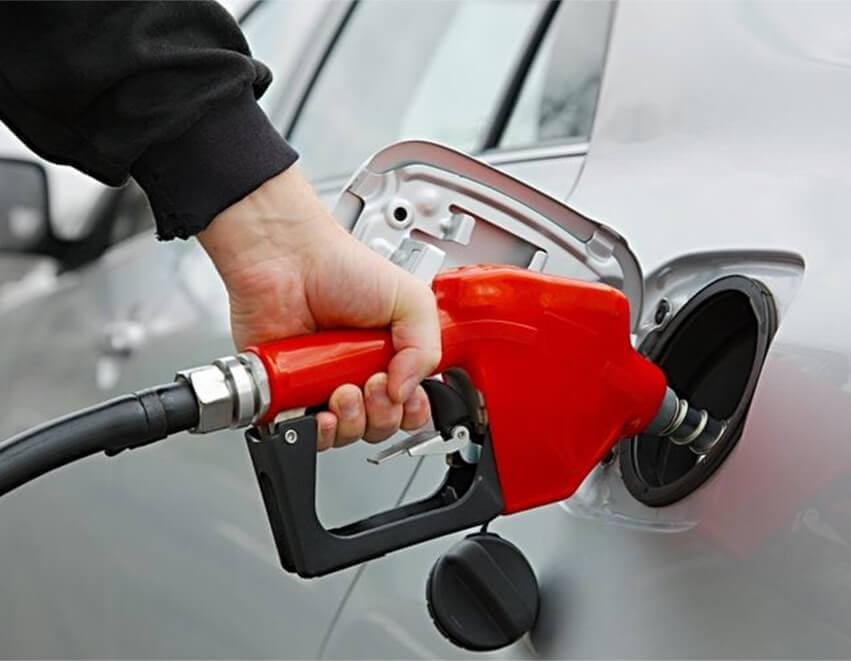Stocking up on gasoline for emergencies? Running a construction operation requiring portable diesel storage? Or just need to transport large volumes of liquid? A transfer tank can be an invaluable resource for you. But with various sizes, materials, and features, choosing the right one is crucial. This guide helps you pick the perfect liquid transfer […]
Stocking up on gasoline for emergencies? Running a construction operation requiring portable diesel storage? Or just need to transport large volumes of liquid? A transfer tank can be an invaluable resource for you. But with various sizes, materials, and features, choosing the right one is crucial. This guide helps you pick the perfect liquid transfer tank solution.
This guide will walk you through the key factors to keep in mind to make sure you end up with the ideal liquid transfer tank solution.
Here are a few key considerations to keep in mind when investing in a fuel and liquid transfer tank:
One of the first decisions is simply how much fuel or liquid you need to store and transport.
Transfer tank capacities span a massive range – from compact 25 gallon “shuttle” tanks all the way up to extraordinary 5,000+ gallon units mounted on semi-truck trailers. Bigger tanks allow less frequent refilling but are also heavier, more difficult to relocate, and require more storage space.
A smart approach is to match the tank size to your liquid consumption rate and operating time between refills/transporting. For example, a homeowner might only need a 50-100 gallon tank for gas storage, while a busy construction crew could easily burn 500+ gallons of diesel daily from heavy machinery.
While capacity provides a basic reference point, the actual geometry, and dimensions of a transfer tank are crucial considerations as well.
Rectangular or square tanks maximize available space better when permanently installed, whereas slimmer cylindrical or oval tanks have a smaller footprint ideal for mobility and tight job sites.
Similarly, ultra low-profile tanks with minimal height offer an extremely space-saving design well-suited for truck bed mounting or areas with overhead clearance issues. Conversely, tall upright tanks require less ground area but need ample overhead vertical space. Tank dimensions often dictate where and how easily you can install or relocate it.
While aesthetics may matter for visible tanks around a home or business, material construction is far more essential for actual functionality. Common tank materials include:
Whenever storing hundreds of gallons of volatile fuels or hazardous liquids, safety needs to be the top priority. At a minimum, look for:
There’s no universal “best” fuel or liquid transfer tank – the ideal solution depends entirely on your exact capacity, portability, safety, and operational requirements. But carefully evaluating those needs up front leads to the perfect storage and transport vessel.
Contact AOCHENG today to discover the ideal solution that meets your fuel or liquid transfer needs efficiently and effectively.




